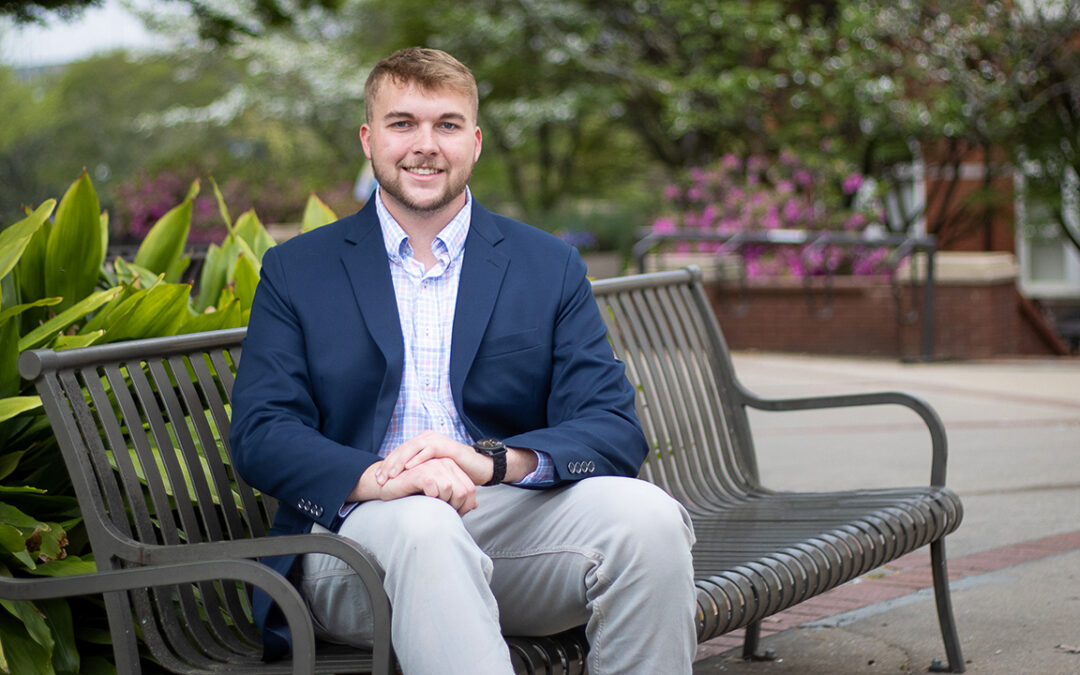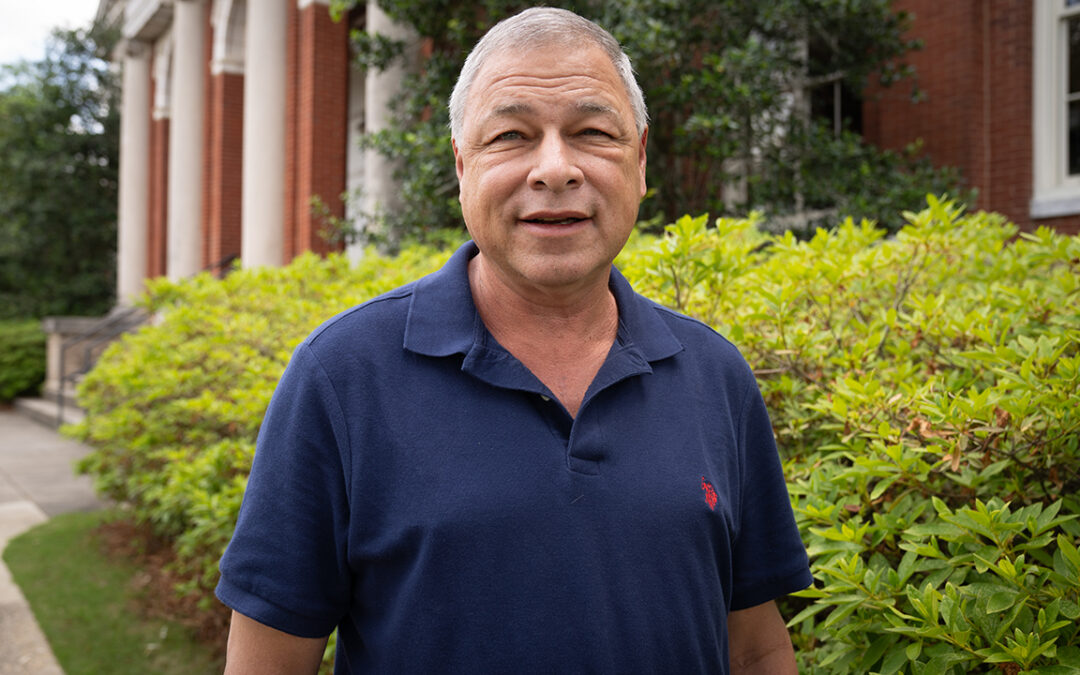
Plans are being finalized for an 11.3-acre teaching garden adjacent to the Old Rotation on Lem Morrison Drive.
By Jamie Creamer
The College of Agriculture has launched a project to establish a highly productive, on-campus teaching garden that will give greater visibility to active agricultural fieldwork at Auburn and enhance the legacy of the historic Old Rotation.
Faculty from three of the college’s academic departments—horticulture; crop, soil and environmental sciences; and entomology and plant pathology—are finalizing the master design for the 11.3-acre garden, which will be adjacent to the Old Rotation on Lem Morrison Drive.
The garden also will extend to the edge of Auburn’s Donald E. Davis Arboretum.
Featuring a broad spectrum of ornamentals, crops, trees and turfgrasses, the hands-on teaching garden, designated on the university’s comprehensive campus master plan as Field Lab No. 1, will be a significant resource for Auburn agriculture students and faculty, garden steering committee chair Dave Williams says.
“We want to create an experience for our students,” says Williams, Department of Horticulture professor and department head. “The garden will be an outdoor classroom, a living lab for instruction. It’s going to provide support for numerous courses within the college and, in the future, courses in other colleges and schools across campus.”
The working garden also will enhance the legacy of the Old Rotation, circa 1896, the longest continuous cotton experiment in the world.
“An 1892 map of what was then the Agricultural and Mechanical College of Alabama shows that the vast majority of the campus was agricultural experiment land, but today, agriculture is almost invisible here,” Williams says. “This garden, which we’ll use for research and demonstration as well as teaching, will expand the spirit and range of the Old Rotation and be a reminder that Auburn’s roots are in agriculture.”
Charles Mitchell, for one, says it’s about time. Mitchell is professor emeritus in the Department of Crop, Soil and Environmental Sciences and was long-time manager and curator of the Old Rotation. Several times over the past 40 years, Mitchell and others have pushed for a teaching, research and demonstration garden on the site where the first agricultural research was conducted after Auburn’s designation as the land-grant institution for Alabama in 1872.
“I’m thrilled to see this finally happening,” says Mitchell, who remains involved as a steering committee member. “Finally, we’re seeing progress toward creating a real facility on the Auburn campus that will showcase our land-grant mission in the plant sciences. Students, gardeners, homeowners, faculty and friends will have a place they can use and enjoy and share with others the beauty and productivity of the plant sciences at this university.”
In developing the master plan, the steering committee called in David Hill, chair and associate professor of landscape architecture in the College of Architecture, Design and Construction at Auburn and owner of an Auburn-based architecture and landscape architecture design studio. The complete master plan for Field Lab No. 1 at the historic Old Rotation can be found online at http://www.hillworks.us/fieldlab.html.
The design calls for the garden to be divided into field plots that will include, among its offerings, an ornamental shade garden, teaching orchards, turfgrasses, field crops, an ornamentals garden and maze, fruit and vegetable crops, trial gardens for annuals and the existing medicinal plant garden which, along with the field crops, will be moved to the new site from its current location on the old agronomy farm on Woodfield Drive.
Physical structures include a pavilion, which will be used for classes and outreach events, and greenhouses. Williams is especially excited about the greenhouses.
“We’re collaborating with Glenn Loughridge, director of Campus Dining, toward development of hydroponic greenhouses where our students, as well as other interested Auburn students, can work and raise produce that will be served in dining venues across the Auburn campus.”
Although the committee and Hill’s design team continue tweaking the plan, preliminary site work has begun.
“Our students will be a big part of developing this garden,” Williams says. “It will be a work in progress, but our plan is to have the base structure of the garden and several plots in place early next year.”
Well-defined pathways through the garden, marked with informational signage that will enrich the educational value for the community, eventually will be developed into a walking/bike trail system that will extend from the arboretum, through Field Lab No. 1 and on to the new performing arts center that is under construction on Woodfield Drive.
“The long-term vision would be to extend the trail across South College to the museum and on to Town Creek Park on Gay Street,” Williams says.
In addition to Williams and Mitchell, steering committee members are professors Joe Eakes and Wheeler Foshee, associate professors Glenn Fain and Jay Spiers and assistant professor Daniel Wells, all in the Department of Horticulture; professors Scott McElroy and Dennis Shannon and extension specialist Dennis Delaney, all in the Department of Crop, Soil and Environmental Sciences; and professor Art Appel in the Department of Entomology and Plant Pathology.
Appel says the diversity in the garden’s crops will be invaluable for Auburn students enrolled in entomology and plant pathology courses.
“Our students will learn to identify a wide range of insect species and the signs of insect damage on plants as well as the effects of nematodes and viral, bacterial and fungal diseases crops,” he says.




